Key Structure and Functions of the Paper Cup Maker
The paper cup maker is an essential piece of equipment in the production of disposable paper cups. It plays a crucial role in shaping and forming paper cups from raw materials, such as paperboard or cardstock. Understanding the key structure and functions of the paper cup maker is important for optimizing the manufacturing process and ensuring the quality of the final product.
1. Frame and Base
The frame and base form the foundation of the paper cup maker. The frame provides structural support and stability to the machine, while the base houses the motor and other essential components. A robust frame and base are vital for maintaining the machine's integrity during operation and preventing vibrations that could affect the quality of the paper cups.
2. Paper Feeding System
The paper feeding system is responsible for transporting the raw material into the machine for cup formation. It typically consists of rollers or belts that move the paperboard through the different stages of the cup-making process. Proper alignment and tension control in the paper feeding system are critical for ensuring precise and consistent cup formation.
3. Heating Element
The heating element in the paper cup maker is used to soften the paperboard and shape it into the desired cup form. By applying heat to the paperboard, the material becomes pliable and can be molded into the distinctive cone shape of a paper cup. The heating element must be carefully calibrated to ensure that the paperboard reaches the optimal temperature for forming without scorching or burning.
4. Molding Tool
The molding tool is a key component of the paper cup maker that is responsible for shaping the softened paperboard into cups. It typically consists of a die and mandrel set that press the paperboard into the cup form while maintaining structural integrity. Precision engineering and design of the molding tool are essential for producing uniform and well-formed paper cups.
5. Rim Curling Mechanism
The rim curling mechanism is responsible for creating the rolled rim at the top of the paper cup, which provides strength and rigidity to the cup's opening. This mechanism uses a combination of pressure and heat to curl the paperboard edge and secure it in place. Consistent operation of the rim curling mechanism is crucial for ensuring leak-proof and user-friendly paper cups.
6. Bottom Sealing Unit
The bottom sealing unit is tasked with attaching the flat base to the formed cup body, completing the construction of the paper cup. This unit uses heat and pressure to bond the bottom disc to the cup securely. Proper alignment and sealing in the bottom sealing unit are essential for preventing leaks and maintaining the structural integrity of the paper cup.
7. Quality Control Sensors
Quality control sensors are integrated into the paper cup maker to monitor various aspects of the production process and ensure the consistency and quality of the output. These sensors may include mechanisms for detecting paper thickness, cup dimensions, temperature, and other critical parameters. Real-time feedback from quality control sensors allows operators to make adjustments and maintain optimal production standards.
8. Control Panel and Interface
The control panel and interface of the paper cup maker provide operators with the ability to monitor and adjust machine settings during production. This interface typically includes digital displays, buttons, and controls for adjusting parameters such as speed, temperature, and pressure. An intuitive and user-friendly control panel is essential for efficient operation and troubleshooting of the paper cup maker.
Conclusion
In conclusion, understanding the key structure and functions of the paper cup maker is essential for optimizing production efficiency and ensuring the quality of disposable paper cups. Each component of the machine plays a vital role in the cup-making process, from paper feeding to cup formation and sealing. By maintaining and calibrating these components properly, manufacturers can achieve consistent and high-quality paper cup production.




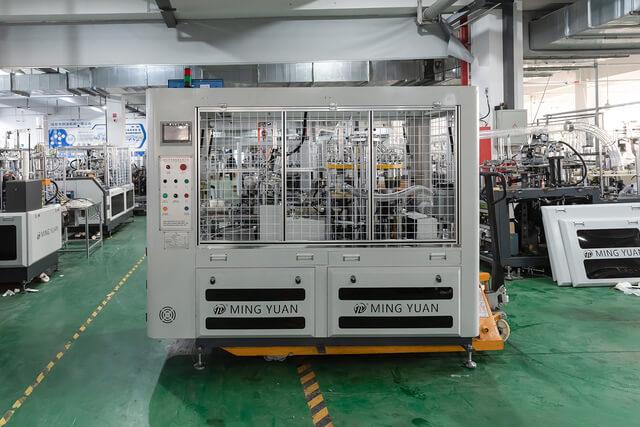

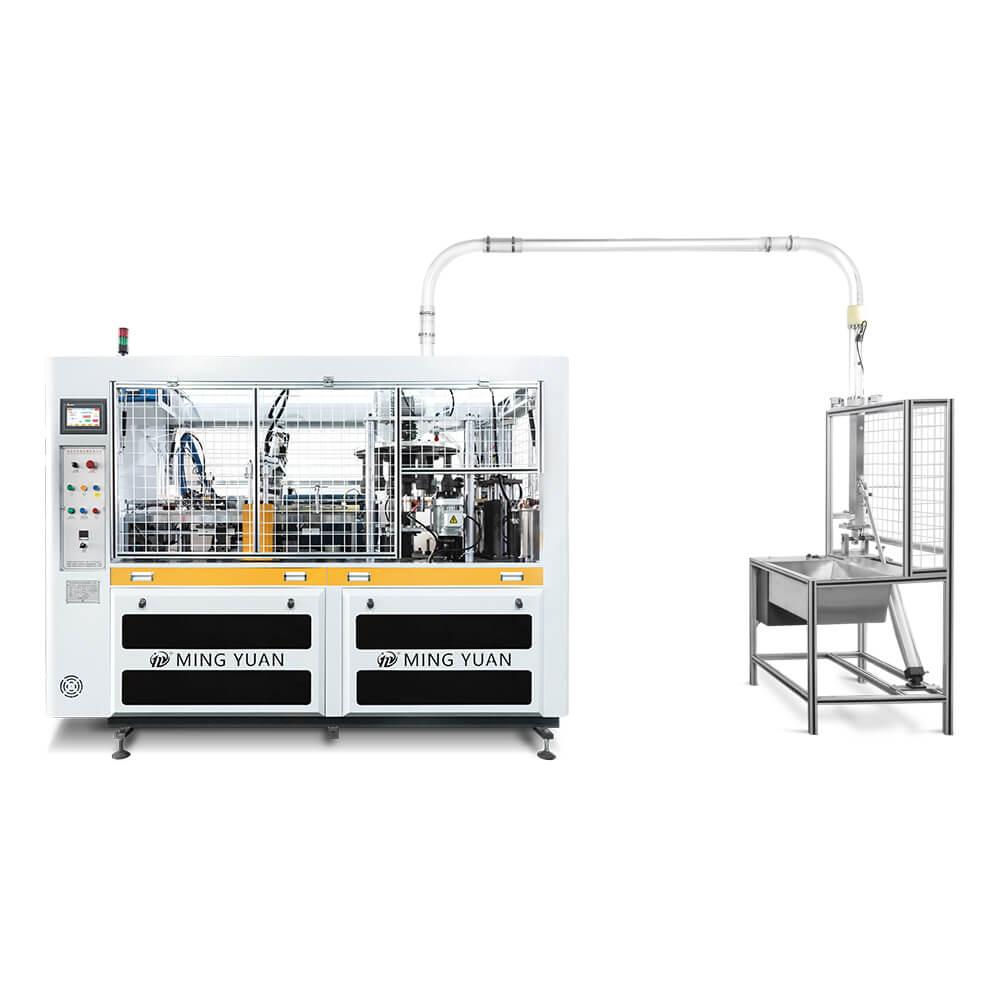
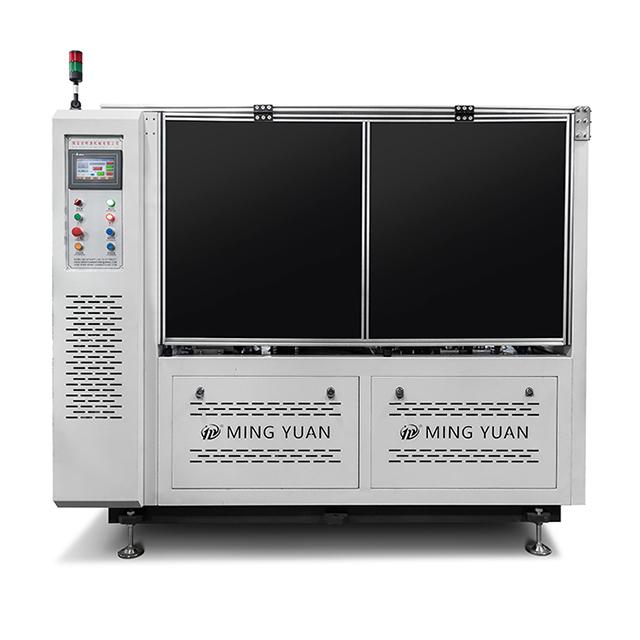
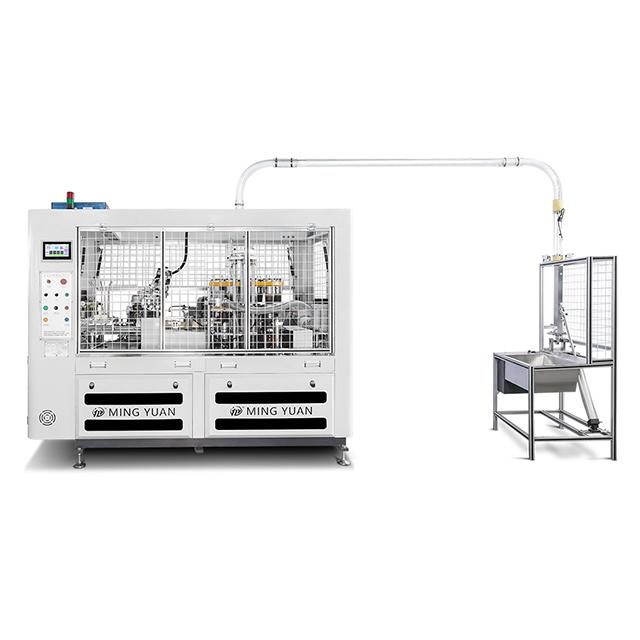
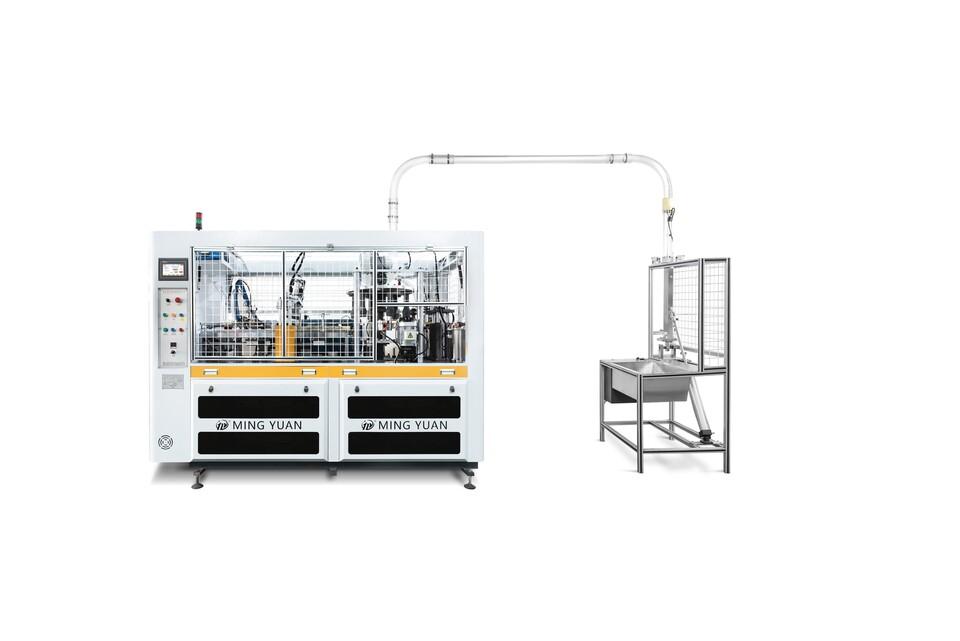
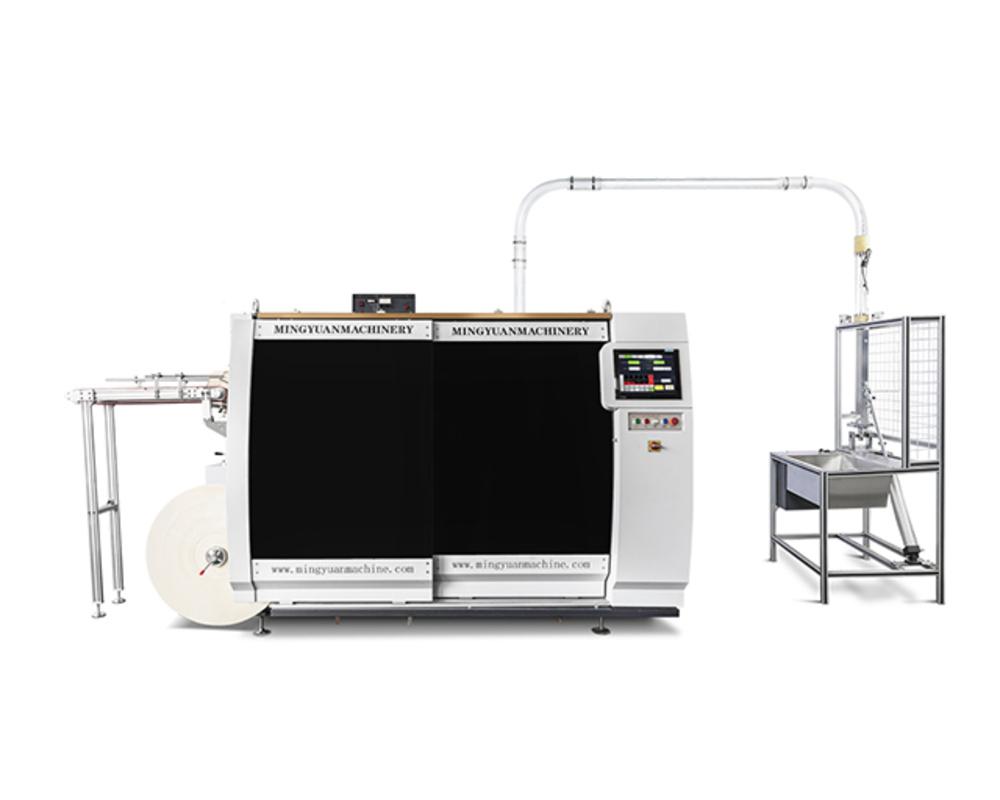
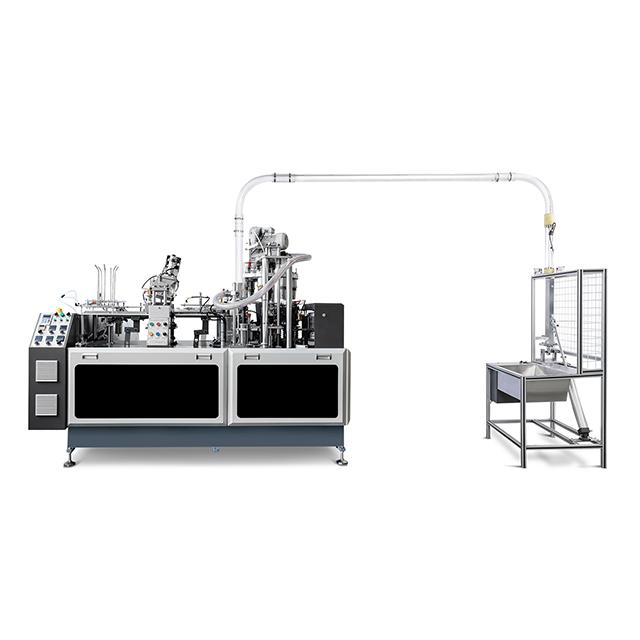
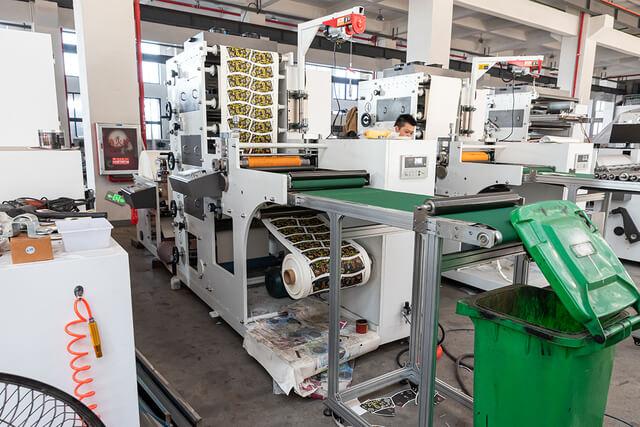

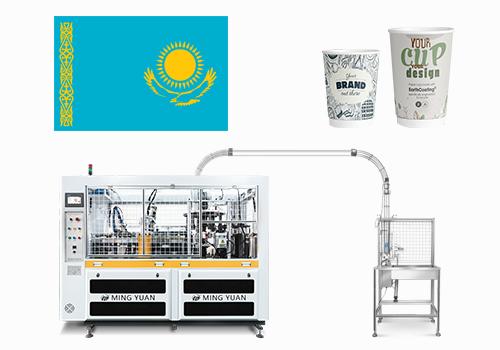

 Tel: +86-19057361870 / +86 577 65567060
Tel: +86-19057361870 / +86 577 65567060  Email: george@paper-cupmakingmachine.com
Email: george@paper-cupmakingmachine.com MP/WhatsApp: +86-19057361870
MP/WhatsApp: +86-19057361870 Manufacturer Address:No.1588, Huaming Road, Feiyun Street,Ruian City Zhejiang Province -325200 China
Manufacturer Address:No.1588, Huaming Road, Feiyun Street,Ruian City Zhejiang Province -325200 China




